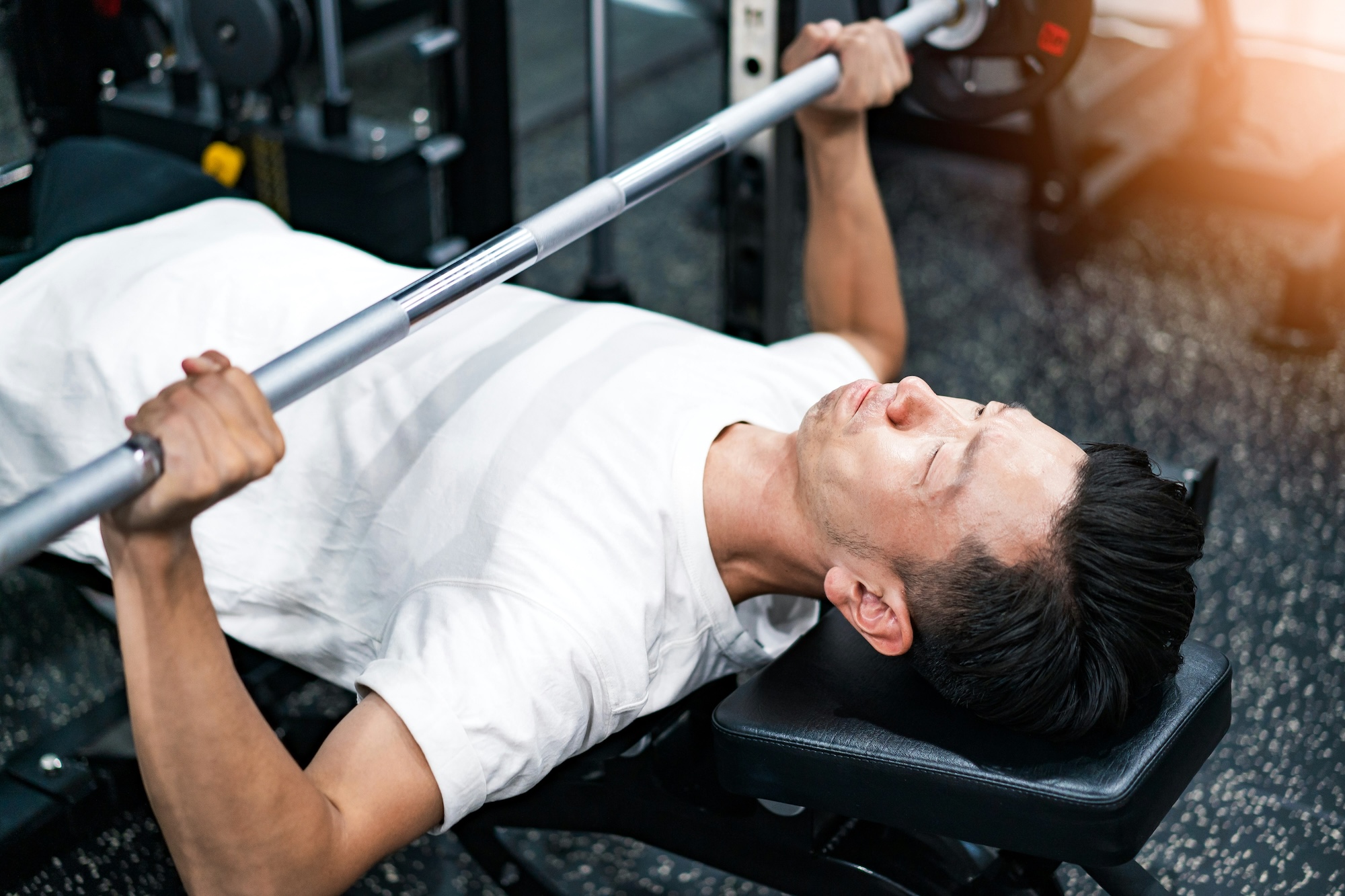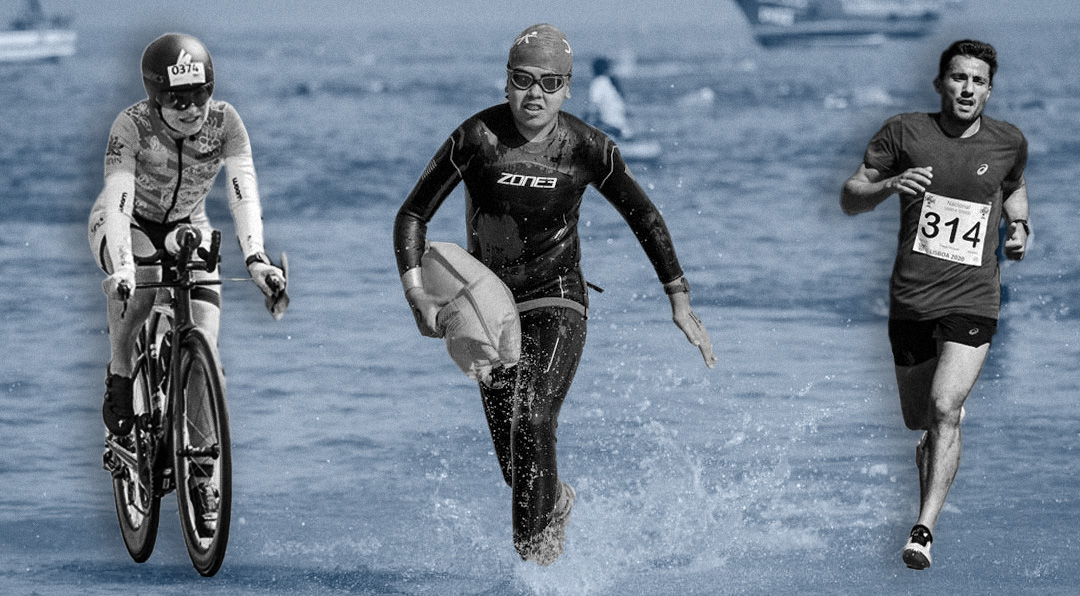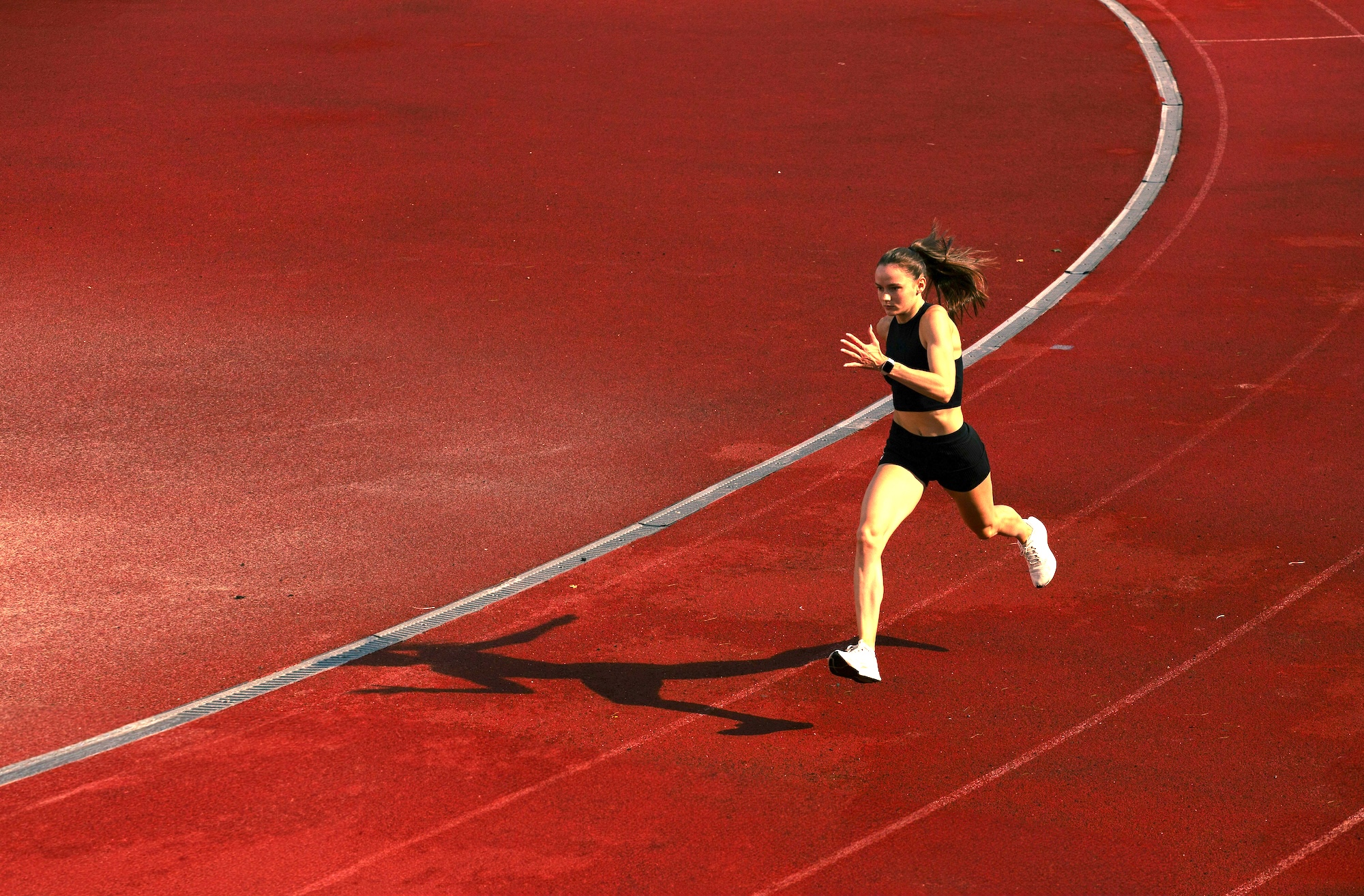Although there is a case for training by “feel,” you can make the most of each workout by mastering the art of training with numbers while listening to how your body feels
Photo by RUN 4 FFWPU/Pexels
If you’re a newbie triathlete and you’ve been following our Alveo Ironman 70.3 Davao training program, you might find yourself struggling how to manage your effort during the workouts.
There are many ways to measure exercise intensity and much of it depends on the equipment available to you. So before we dive deeper, in case you don’t have one yet, I strongly suggest that you invest in a sports watch that at least has a timer or stopwatch function. If you have the resources, I suggest buying one that has a heart rate monitoring function. But if you’re in it for the long haul, invest in a GPS-enabled device (wrist- and/or bike-mounted) and/or a power meter so you have more performance metrics at your disposal.
Yes, triathlon is an expensive sport but it pays to know which items are worth your money, especially if you’re just starting out. All the fancy swim skins, aero helmets, aero wheels, and barely-there racing flats shouldn’t be your priority if your goal is to get to the starting line in the best shape possible.
How to measure exercise intensity
If you think of intensity as an image, the more methods or tools you use during training, the clearer your interpretation of that image will be, and the more you can fine tune your effort. To keep things simple and practical, let’s discuss five methods in relation to the equipment needed for measurement.
Yes, triathlon is an expensive sport but it pays to know which items are worth your money, especially if you’re just starting out. All the fancy swim skins, aero helmets, aero wheels, and barely-there racing flats shouldn’t be your priority if your goal is to get to the starting line in the best shape possible
Rate of Perceived Exertion (RPE): No equipment needed
RPE is a psycho-physical method that links physical signs, such as difficulty breathing, with a psychologically perceived scoring scale referred to as the Borg Scale. Because it is mainly based on “feel,” which is then quantified with a number from 0 to 10, beginners may find it difficult to accurately estimate their RPE. Therefore, combining RPE with another intensity measure is recommended.
Heart rate: Heart rate monitor
Before the age of smartwatches and GPS-enabled devices, endurance athletes and health enthusiasts relied on heart rate monitors to gauge their effort during a workout. Heart rate is directly correlated to energy expenditure, which means the harder the effort, the higher the heart rate. The metrics used can either be absolute heart rate in beats per minute or a relative percentage of heart rate (maximum heart rate, heart rate reserve, or functional threshold heart rate). The latter can also be measured in terms of heart rate zones, usually from one to five.
The downside is that many factors affect heart rate such as illness, emotional stress, medications, body temperature, sleep, dehydration, low glycogen levels, caffeine, heat, and humidity. This causes a lot of variabilities from one training day to the next, which is why relying on heart rate alone may not be ideal or even advisable.
Pace/speed: Watch, smartwatch or GPS-enabled device
These days, if you want to know how fast you’re running or riding, all you need to do is look at the real-time pace or speed on your GPS-enabled device. Gone are the days when you use a watch or a stopwatch to record the time it took you to complete a pre-measured loop or track oval. Whether or not you end up doing the math yourself, when measuring training intensity by pace or speed, you can either set a pace or speed range or a relative percentage of race or time trial pace such as 3K to 5K race pace, half marathon pace, marathon pace, and the like. But just like heart rate, factors like terrain, wind resistance, pool length, heat, humidity, altitude, and equipment can greatly affect pace and speed.
Power: Power meter
Power, expressed in watts, is force (how hard you push on the pedals) multiplied by angular velocity (cadence). This is, by far, the most accurate way to measure cycling intensity, either as a relative percentage of functional threshold power (FTP) or an absolute power value. To be honest, it took me a while to consider investing in a power meter because they used to be so expensive. But thanks to the speed of technological advancements, power meters have become more affordable without sacrificing accuracy and reliability.
If there’s one bike upgrade I would highly recommend, a power meter would be my top pick. There are so many options now with various price ranges that suit your spending capacity, but it’s best to do due diligence and find reliable sources for unbiased product reviews. If you ask me, however, I’ve been using a single-crank-arm-based power meter by Stages for two years now and I’ve been happy with it ever since. Just always bring a spare battery because it tends to run out of juice pretty quickly, especially if you ride a lot.
Blood lactate
The lactate levels in your blood during a graded exercise test done in a lab can be used to determine your training intensities or zones based on associated heart rates. A blood sample and corresponding heart rate is obtained after each level of progression is achieved. The result is a lactate index with corresponding heart rate values, which will then be the basis of your heart rate zones. But if the sight of blood and the thought of being pricked multiple times make you queasy, there are alternatives to estimate the heart rate and power at which you will reach your predicted lactate threshold. These measures are referred to as functional threshold heart rate (THR) and functional threshold power (FTP), respectively.
More on these in my next article, along with how to conduct fitness tests and interpret results to help determine your training zones, so stay tuned for that. If you have any questions, feedback, or suggestions, please drop me a note in the comments section or e-mail me directly at [email protected] for any training-related inquiries. As always, I’d be more than happy to help!
Download the Alveo Ironman 70.3 Davao training program for Weeks 5 to 8 here and a table of intensity zones here












































